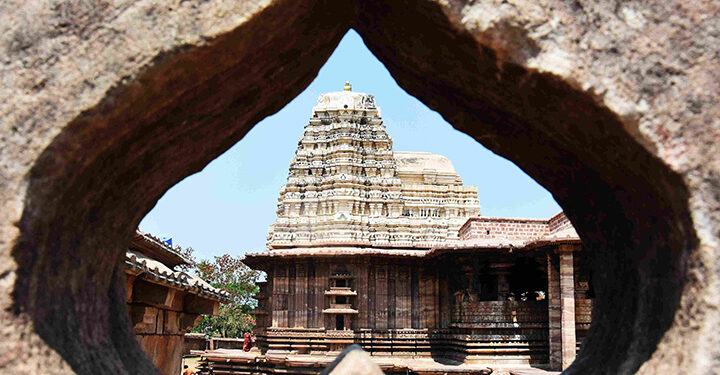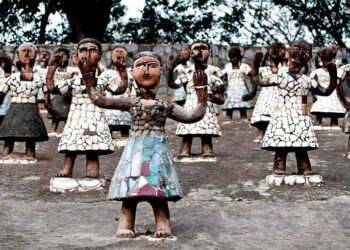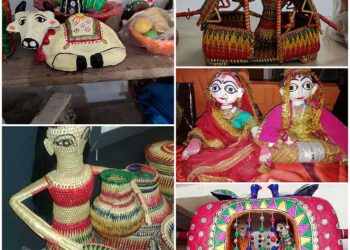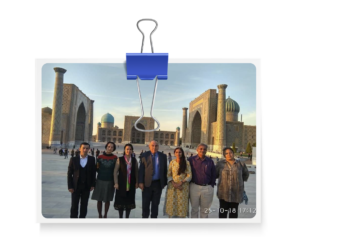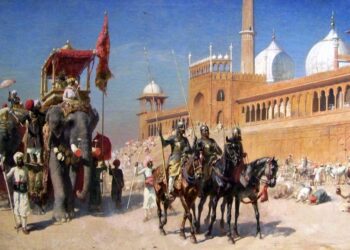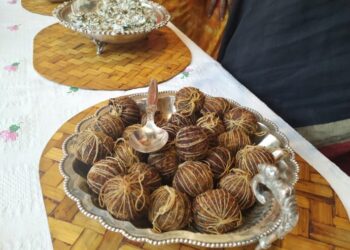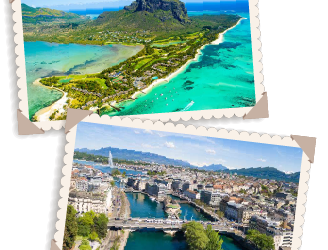The ancient temple in Telangana is now a UNESCO World Heritage Site. A temple dedicated to Shiva, it is the only one named after its architect, Ramappa
By Harsha Bhargavi Pandiri
At the 44th session of the World Heritage Committee of the United Nations Education, Scientific and Cultural Organisation (UNESCO) in Fuzhou in China, it was decided to add the Kakatiya Rudreshwara Temple (Ramappa) in Telangana and Dholavira, a Harappan city in Gujarat, to the UNESCO World Heritage List. The Rudreshwara Temple had received the approval or inscription on July 25, and Dholavira on July 27. The total number of UNESCO World Heritage Sites in India now stands at 40.
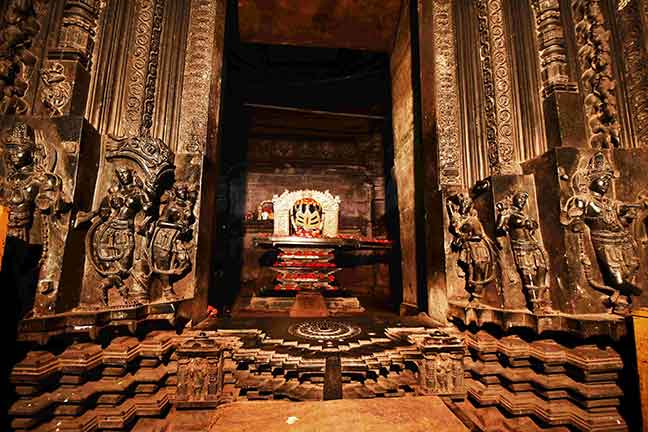
Telangana Chief Minister K Chandrsekhara Rao had requested Prime Minister Narendra Modi for the inclusion of Ramappa Temple in the UNESCO World Heritage List. The Archaeological Survey of India (ASI) and Telangana state government officials had worked towards the restoration of the temple. The people of the village and district are overwhelmed with the recognition as the location will become an international tourism hub.
The temple is known by the name of the architect, Ramappa. The 800-year old temple is located in Palampet village in the Mulugu District, Telangana State. The temple is recognized as India’s 39th World Heritage Site. It was described by medieval Italian traveller Marco Polo as the brightest star in the galaxy of medieval temples of Deccan. The temple consists of the main shrine dedicated to Lord Shiva and known as Lord Rudreshwara with a Nandi (the bull is the vehicle of Lord Shiva) Mandapa at the entrance.
Ramappa Temple
The inscription of Racherla Rudra is nearly 204 lines engraved on four sides of a polished basalt pillar. It is now in a small mandapa within the courtyard of the temple, and it enumerates the glorious achievements of the feudatory family and commemorates the construction of the main temples at Palampet in 1135 of the Common Era by the Kakatiya ruler, Rudra.
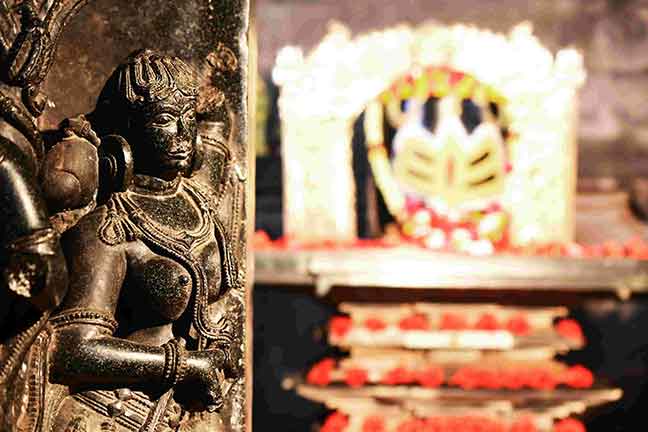
The temple has a distinct style of its own. The engineering techniques used in the temple architecture like geometry, development of shape and size, beams and columns, and elements of the roof with its own structural balance remain a marvel even today.
Special features of the Temple
Floating bricks
The shikhara (dome) above the garbhagriha (sanctum sanctorum) is constructed with feather weight spongy bricks, specially used to reduce the weight of the super structure. These bricks have a specific gravity of about 0.9 grams/cc and hence float on water.
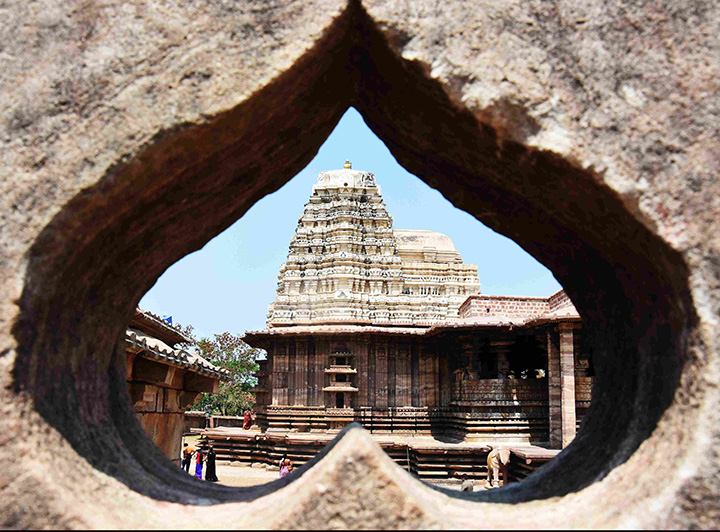
Figure brackets
The temple has a striking feature with figure brackets springing from shoulders of Vira Kantha or figurines of warrior women of the outer pillars, which supported the ponderous chajja slabs. Among them, 12 brackets consist of female figures and the rest are elephant heads carved with immense skill. The life size figures of Nagini are highly polished and reflect the craftsmanship. The curvilinear outline of the sculptured figurines indicate the intricate steps of classical Indian dance forms.
Nandi Mandapa
The detached mandapa with a recumbent bull attracts the attention of the visitor. The huge Nandi at the entrance of the temple has a unique feature: it appears to be looking at you from whichever angle you look at its face.
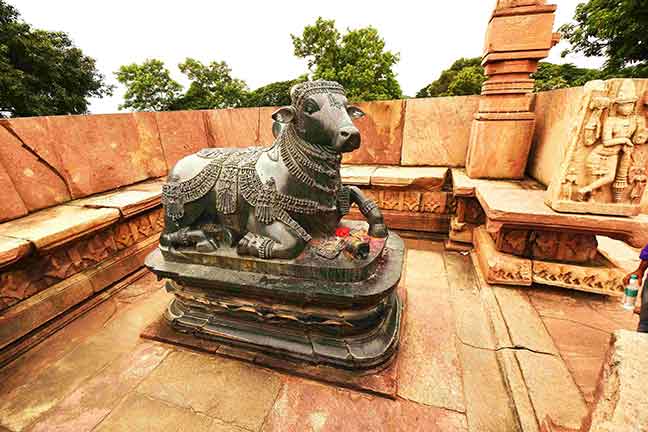
Light in Garbhagriha (sanctum sanctorum)
The sunlight falls in the Garbagriha (sanctum sanctorum). The technique used in arranging the columns allows light inside the temple through the day.
Tap and listen
The stones at the temple are carved and placed in such a way that, by tapping the stones and pillars, musical notes like ‘sa-re-ga-ma’ can be played on the pillars. Visitors can tell the difference an ordinary stone at the end of the temple structure.
Perini Shivatandavam
It is an ancient dance form, which originated and prospered during the Kakatiya period between the early 12th and early 14th centuries CE. The dance is performed in honour of Lord Shiva and was performed before the soldier went to war. It is an all-male dance form. Noted dance exponent and scholar, Dr. Nataraja Rama Krishna, who was awarded the civilian award of Padma Shri had revived Perini Shivatandavam by observing the sculptures in the temple. The architect Ramappa was inspired by the dance and carved the figures in various forms.
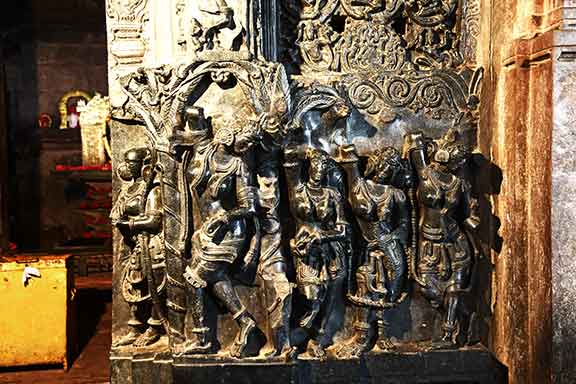
Sand box Technology
Sand box is the foundation made by digging pits and filling them with sand. A mixture of granite, jaggery, karakkaya (Myrobalan) is used to make the sand foundation strong.
Iron dowels are done by drilling holes in rocks and pouring melted iron in them. These dowels hold the rocks together by fitting them in a strong frame.
Wet sand Technology
It keeps the temperature cool with the help of special soft sand at the foundation level. The sand gets wet with a pipeline connection from the nearby lake.
Roof elements
The temple roof is formed through corbelling technique. The central square is formed with a central opening between four beams filled with four-corner triangular pieces. The temple roof when viewed from inside shows exquisite carving depicting religious themes.
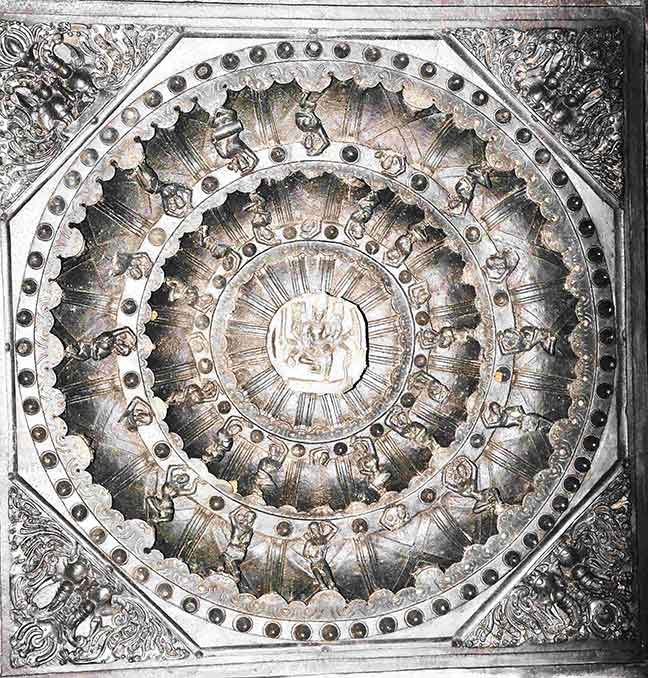
The main column
The pillars have intricate carvings depicting scenes from mythological episodes such as Samudra Manthan, Gopika Vastraharanam, Tripura Samharam, Daksha Samhaaram, and Girija Kalyanam. The Dwarapalakas and Lord Krishna playing the flute are splendid specimens of mirror-art over the dolerite stones.
History of the Temple
The temple was built between 1173-1213, it took 40 years to build it. The presiding deity of the temple is Shiva. The material used for construction of the temple is red sand stone and black granite for carving out statues. The temple was built by Racherla Rudraiah, chief commander of Kakatiya king Ganapathi Deva. Ramappa was the head architect of the temple. It is the only temple in India known by the name of the archiect.
About Kakatiyas
The reign of the Kakatiya dynasty can be broadly divided in two phases. During the first phase they ruled as feudatory chiefs and later became sovereign and imperial rulers. The glorious phase began from 1158 CE and lasted till 1323 CE. The Kakatiya emperors rule spanned over 165 years. It included Rudradeva (1162-1195), Mahadeva (1196-1198), Ganapatideva (1199-1262), Rudramadevi (1263-1289) and Prataparudra (1290-1323). During the Kakatiya rule there was unprecedented political stability, economic prosperity, cultural and linguistic unity, splendid artistic and literary efflorescence. There are unique features of the Kakatiya governance like effective village administration, development of tank irrigation, extended protection to international traders from piracy. The Kakatiyas had also built magnificent forts, promoted and patronized literature in both Sanskrit and Telugu. The Kakatiya rulers were ardent followers of Saivism.

Art and Architecture
Kakatiyas had holistic approach towards religion. They embarked upon liberal construction of different temple forms invariably associated with water tanks. In the venerated concept of Hindu worship, the popular form of temples is Trikuta which is commonly found in Telangana. (Ekakuta, Devikuta, Mandapa and panchakuta are other forms of temples). The Trikuta form of temples has three shrines on the south, west and north along with the garbhagriha and antarala while a common rangamandapa has an entrance facing east. The shikkaras of the shrines are built with bricks and are in stepped pyramidal form.
The author is an Assistant Director, Telangana State Information Centre in New Delhi.


